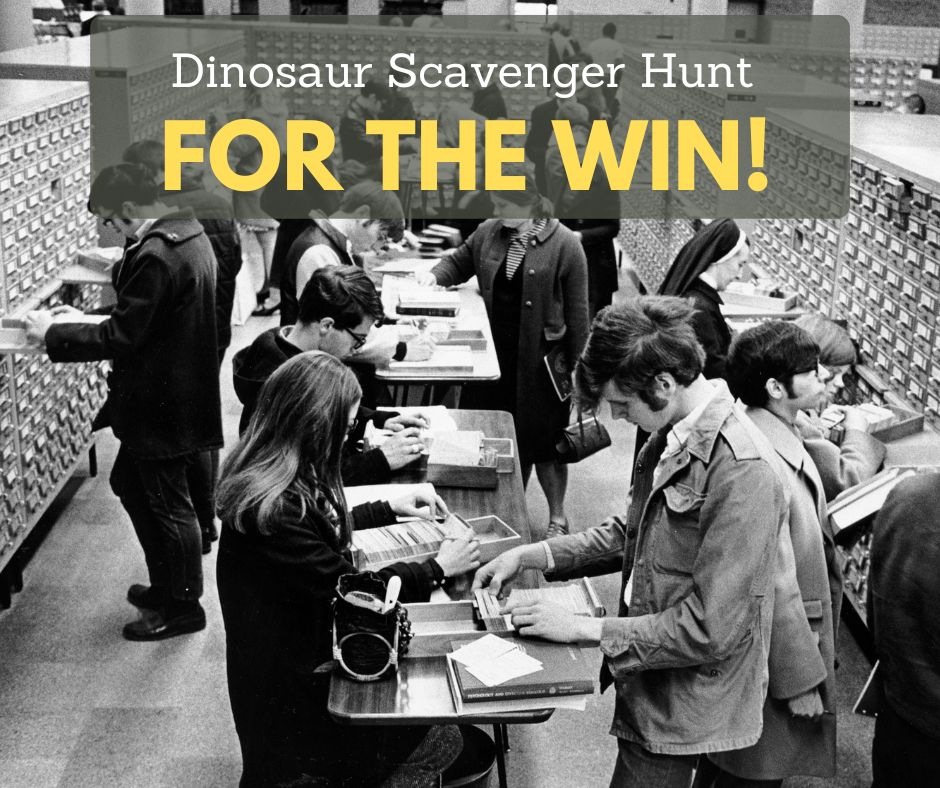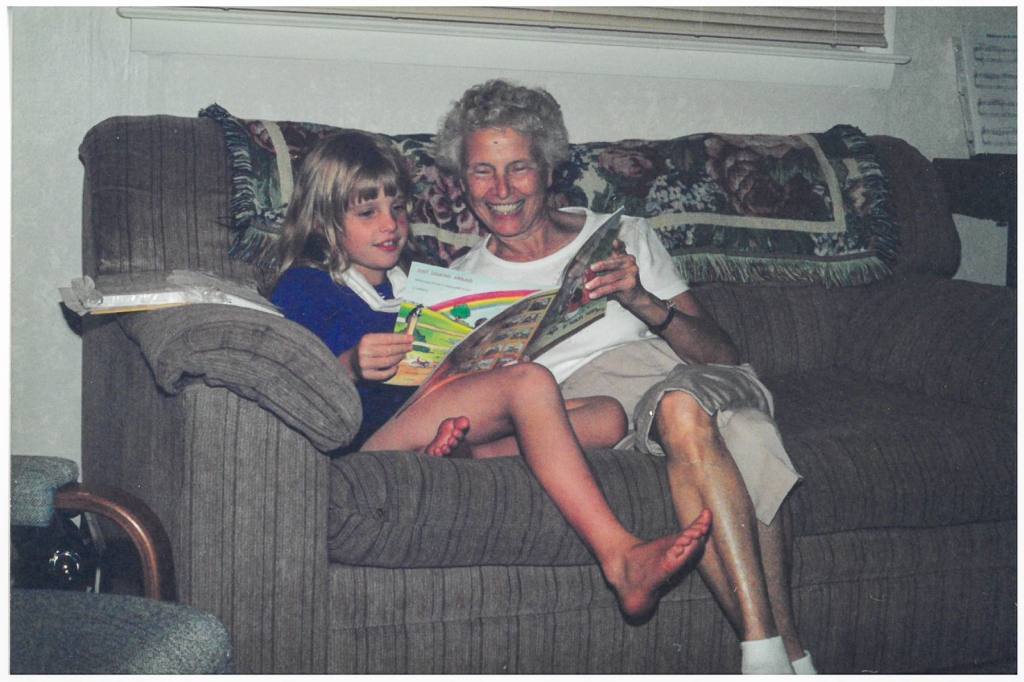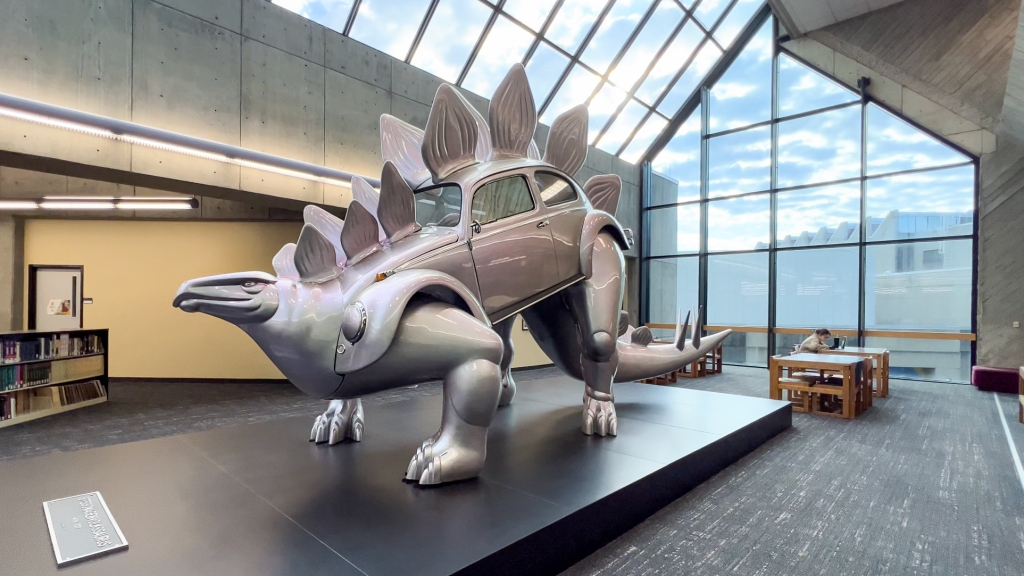
Meghan Kowalski thought she wanted to work in politics.
In college at the Catholic University of America, she interned for then-Senator Hilary Rodham Clinton while also working at the campus library.
“I was interning for her during a summer when the Democratic National Convention was held,” explained Meghan. “It was organized chaos. That summer taught me that I MUCH preferred library work over politics,”
Library work runs in the family. Meghan’s father was the librarian at the Baseball Hall of Fame in Cooperstown, New York, where the family eventually settled.
“I can’t ever remember not loving or being aware of the power of libraries,” said Meghan. “When we lived in Florida, the branch library for our area was a few streets away from our neighborhood. It was the one place outside our neighborhood I was allowed to bike to by myself. I would go, peruse the shelves (usually for a new Laurelene McDaniel book), and come home with my reads for the week.”
Meghan now works as the Outreach and Reference librarian for The University of the District of Columbia. She loves connecting people to the information they are interested in or need. And she loves what she learns from the students and faculty during her interactions.
When Meghan started her job four years ago, her position was brand new. So, she conducted a SWOT analysis to identify the strengths, weaknesses, opportunities, and threats that her library faces. During the process, she uncovered an amazing angle for library promotion.
“I used a series of formal and informal interviews, space assessment, and document review to get a handle on what people thought about the library,” explained Meghan. “From there, I realized that we had a great brand image as being ‘The Helpful Place.’ Time after time, I learned that people went to the library for help because they knew someone would always be there.”
“Even if the library couldn’t help (for example, with a financial aid problem) at least we tried or would direct them to someone who could assist. I leaned into that to reinforce our already positive customer service experience while slowly building our platforms.”
Meghan also set about getting her fellow staff and faculty trained to provide great customer service to their students.
“During my first summer here, I created a customer service commitment document and general training workshop,” said Meghan. “This gets reinforced twice a year during our required departmental events. I’ve covered everything from customer service basics to remote customer service to accessible service to how to deal with students who already have too much going on.”
Meghan’s university is an HBCU (Historically black college or university) and a commuter campus. Their students are non-traditional. Those facts about her target audience inform everything Meghan does to promote her library.
“They have so much going on already,” said Meghan. “I don’t want ‘dealing with the library’ to be another hurdle they have to jump. So, we work on equity and consistency in our service. We are going to focus on the individual in front of us and work with them in a manner that best suits them as a person.”
“In the end, all the outreach I do comes down to one simple message – we are the place you can come to get help. It doesn’t matter if I’m sending an email, tabling at an event, teaching a class, or just chatting with someone – I want them to walk away remembering that the library is where they can come for help.”
Meghan’s focus on reinforcing the library’s reputation as a place where students can get good customer service was well-received and supported by staff and faculty.
“I approached this from a fait accompli standpoint,” explained Meghan. “It’s integrated into something we ALL do. I reinforce it by sharing positive feedback whenever we get it. I also framed it from the beginning as ‘This is something you are already doing.’ My work is just reinforcing that positive attitude and training on the nuances.”
Meghan admits that it is hard to measure the impact of good customer service. Reviews, polls, and occasional surveys of the library are all positive. The library also sees a lot of repeat customers.
“If I focused too much on basic metrics, I might cry,” declared Meghan. “Instead, I see our outreach as relationship building. If you make a student happy, they will talk about you with your friends.”
“That is why customer service is so important. You can help someone, but if you do it in an off-putting way, that person will never come back. You can also be unsuccessful in solving someone’s issue but, if you are friendly about it, that person comes back because they liked the experience and at least you tried.”
In addition to presenting at this year’s Library Marketing and Communications Conference, Meghan is launching a new personal newsletter (on Substack) called Content Prompt.
“It’s basically designed to juice your creative side to find content ideas when your brain is tired,” explained Meghan. “We don’t have to work alone! The one great thing about librarians is that we are all so willing to share.”
Meghan has one great trick for catching those fleeting moments of inspiration.
“I keep a note in my phone where I can brain dump things whenever the inspiration strikes,” explained Meghan. “Once a week, I sit down with that note and process things out to make sure I can actually do something with them.”
“Also, never discount the phrase, ‘I don’t know. Let’s find out together.’ For our students that shows that research is a process, and we are all working on it. It can also model that failure is okay. Resilience in research is a key skill. When our students see that even librarians have to keep trying, it helps.”
More Advice
Upcoming Appearances
Subscribe to this blog and you’ll receive an email whenever I post. To do that, enter your email address and click on the “Follow” button in the lower left-hand corner of the page. You can also follow me on the following social media platforms:



